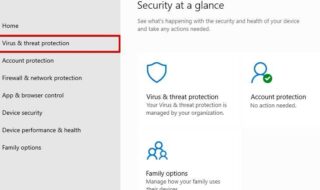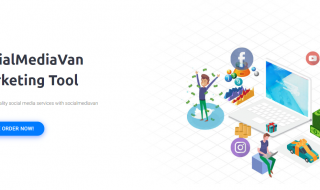B2B, B2C, and B2G – what do they even mean? These abbreviations stand for:
- Business 2 Business;
- Business 2 Consumer;
- Business 2 Government.
Recently, we have started coming across the abbreviations B2B, B2C, and B2G a lot more often than we used to. These terms are not new, but they have become especially relevant when globalization scaled up.
Why do they matter? In the modern business world, B2B, B2C, and B2G are seen as business specialization tags. For example, a company presenting itself as B2B focuses on developing partner relations with other businesses, selling business-specific goods or services, for example. A good example of B2C companies would be the best essay writing services most students have heard about. B2C companies, on the contrary, are mostly involved in retail sales to individual customers.
As you can see, the approaches to running such kinds of businesses – as well as the way marketing, HR, and financial operations are handled for each of them – are very much different.
Even if you are not a business student, you still need to gain a proper understanding of the differences between B2B, B2C, and B2G. It seriously impacts your employment decisions.
So, let’s start.
Business to Business
B2B companies sell products and services to other businesses. The latter may serve as an intermediate buyer who then sells the products to customers. Both businesses benefit from long-term commercial interactions of this kind. One serves as a provider of a product or service. The other adds value to it and earns its margin.
B2B companies do not interact with customers like it happens when an EssayHub review reaches the audience and the team can help one get a clear picture of a particular company. They only present their offerings to accounts on tradeshows and establish contracts. Their marketing efforts are limited to finding the right fair to demonstrate their offerings to representatives of other businesses. B2B companies thrive on contract-based, wholesale trade.
A good example would be a company manufacturing a very specific auto part. It may have contracts with car services that purchase parts on the B2B basis and then install it as a B2C business. In this case, a B2B company does not need a fancy website for an Instagram ad campaign. It is promoted through tradeshows and fairs.
Business to Consumer
B2C companies are the most popular. Most SMEs are B2C. They produce or sell products directly to their final users. They usually don’t have any intermediary players. That means the company’s website and marketing materials will be oriented toward acquiring a diverse population of customers. All online stores, for example, are B2C.
One of the best examples of B2C business is Amazon. You can buy whatever product you need just in a few clicks. At the same time, look how often Amazon offers special prices and discounts. This is done to increase its market share and make people buy from it.
An essay writing service is another great example. You purchase a service directly from the student portal. Before that, you definitely came across a few ads and word of mouth from your classmates who chose this specific company. That means the B2C segment relies heavily on marketing. Without it, there is no way to guarantee consistent customer acquisition.
Business to Government
The third path a business can take is to work with the government. That changes the whole approach to marketing since it now needs to focus on promoting goods to federal, state, or local agencies.
A nice picture won’t work here. The government issues a request for proposal (RFP) for the businesses to know their needs. B2G companies then create proposals that would beat other offers in terms of the price/quality ratio. The federal government always has a specified budget for every initiative it pursues. The better a B2G company’s offer meets this budget, the higher its chance is to win.
Currently, some portion of the federal budget for procurement is supposed to be spent on small business suppliers. Otherwise, they can’t withstand the competition with large businesses in the B2G segment. Big players can offer cheaper options based on the effect of scale. To help small businesses stay competitive, the government sometimes interferes with quotas.
Takeaway
Why is it important for students to know the difference between B2B, B2C, and B2G? Because the whole system of relationships between key market players – businesses, consumers, and state – relies on that. That means, the model business chooses as the primary one affects the way it performs in the market and the audience it targets.
As a business student, you learn these differences in depth. For all other specialties, clear definitions of B2B, B2C, and B2G help understand what kind of partnership the company expects to build. Even if you are a law student who plans to open a private practice, you should know how your B2C company should function.
Marketing students must be well-aware of B2B, B2C, and B2G differences as well. The approach the company takes in its operation actually defines what kind of marketing they need. Knowing that, marketing graduates can understand what skills and approaches they should apply to get the best marketing outcomes.





